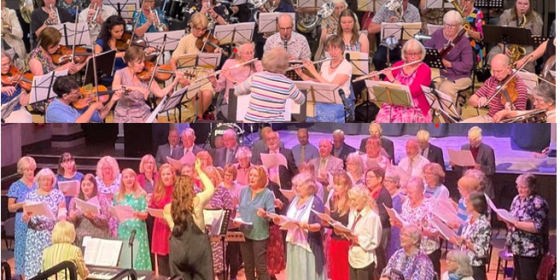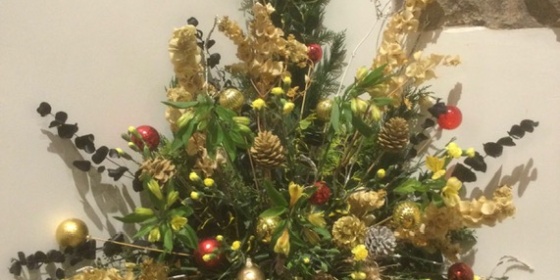Teesdale’s Hidden Art Gallery
Just 5 minutes from St Mary's, on the outskirts of Barnard Castle stands the Bowes Museum. A center for the arts with a story full of love, tragedy and a powerful dream...
15th April 2021Heritage
The Tate Modern, the British Museum, the National Gallery… art museums have captured the imagination and fascination of tourists and locals alike for hundreds of years. These grand, often beautiful, buildings are scattered throughout our major cities and towns, but tucked away in rural Teesdale lives a magnificent collection of internationally renowned art, all at home in the wonderful Bowes Museum.
If you’ve followed the winding country roads into Barnard Castle, you might have glanced up at the impressive face of the Bowes Museum as you enter the town. For a moment, you might even feel like you’ve been dumped in the heart of Paris with the grand French Baroque architecture in front of you. But what’s the story behind this iconic monument, that lies in the heart of the St Mary’s Parish?
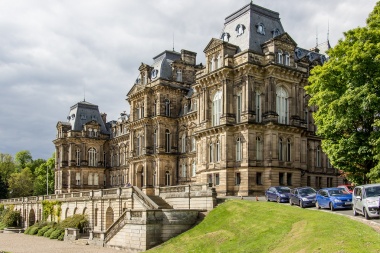
The Bowes Museum
In 1811, John Bowes, the 10th Earl of Strathmore and Kinghorne, had a son. This son, also named John, was the product of a very real love story. His mother, quite unconventionally for the time, was a commoner named Mary Milner who worked at the earl’s Teesdale estate. Their forbidden love lasted many years, and was finally made a legal binding 16 hours before his death, in a last-minute wedding ceremony. This was failed attempt to make their son John his legitimate heir, despite the controversy it might have caused at the time.
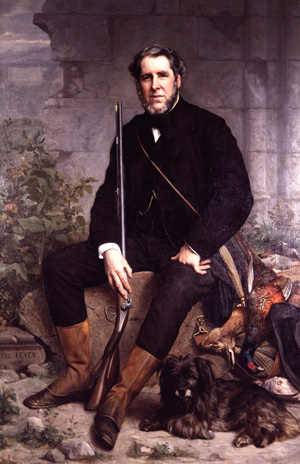
John Bowes // Source: Bowes Museum
He may not have inherited his father’s title, but it didn’t stop John Bowes from having quite the privileged life: receiving his education at Eton, building his own successful business, and exploring his passion for the arts. And, like his father, John eventually fell into a love story of his own.
While spending time in France John met Joséphine Coffin-Chevallier, a French actress and fellow fan of the arts. They soon married in 1852, and began to work on their iconic achievement: the Bowes Museum! They were passionate about creating a means for the local people of Teesdale to experience and enjoy art.
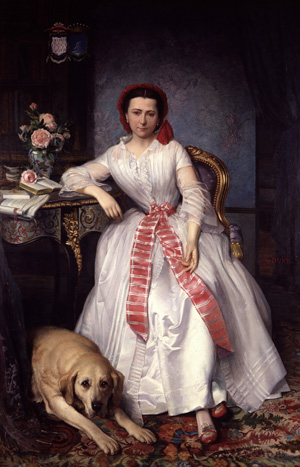
Joséphine Bowes // Source: Bowes Museum
It was a pretty big task. Literally, the building is huge! But between 1862 and 1874 the museum increased in size in more ways than one. As the building grew, so did its collection of art. Unfortunately, though, tragedy struck in 1874 when Joséphine passed away. We know this loss must have hit John hard, as he virtually stopped adding to the collection despite the ongoing construction of the building.
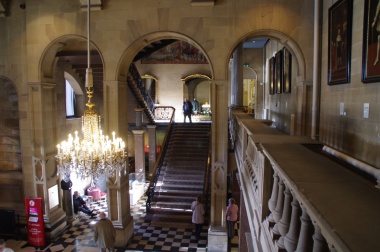
The museum interior
Eventually John passed away nine years later in 1885, before the building was complete. Like his wife, he never got to see his vision in it’s full glory. But their legacy still stands proud in Barnard Castle, a tribute to their love of art and their dream of sharing it with this small corner of the world.
It’s hard to pick a favourite from the vast collection the Bowes Museum has on display, but if we could recommend one it’d have to be the lovely boar carving. This might seem unassuming at first, but it has big ties to one of Barnard Castle’s most famous patrons, Richard III! And it’s not the only art this town has to offer, St Mary’s itself also has a collection of carvings, paintings and flags within its walls – including its very own boar.
As such, Barnard Castle is a town with a rich cultural appreciation, something that’s inspired many artists over the years! And with its vibrant history and beautiful scenery, who could blame them? So if you share the same love as John and Joséphine, why not come take a look for yourself?
Follow us on Facebook
Get more updates and engage with the church community on our Facebook page
